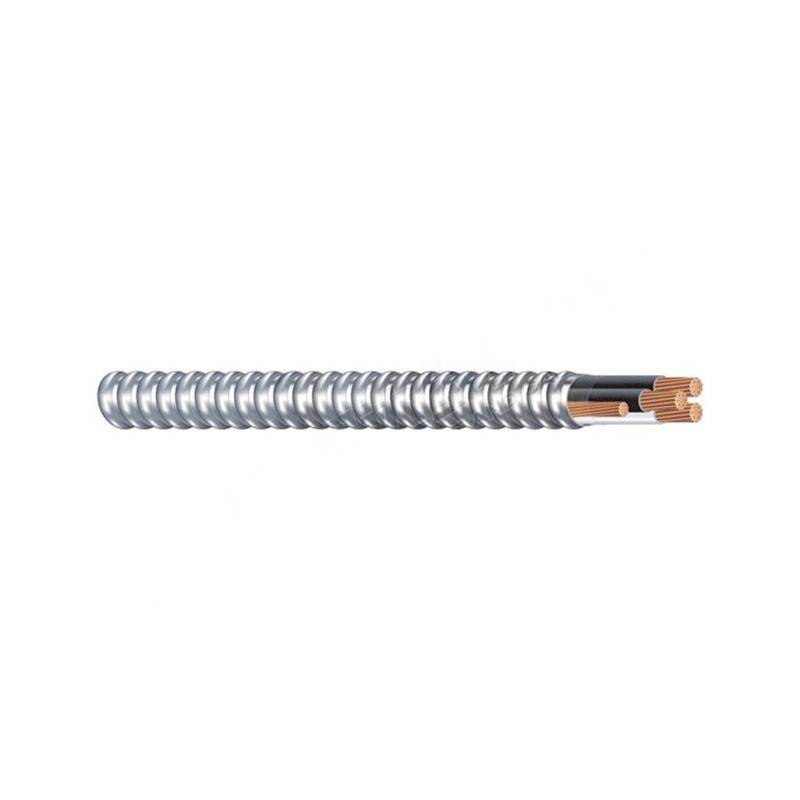10 月 . 17, 2024 11:00 Back to list
Understanding the Functionality and Applications of Lugged Butterfly Valves in Industrial Systems
Understanding Lugged Butterfly Valves An Essential Component in Modern Piping Systems
In the realm of industrial applications, efficiency and reliability are paramount. One critical component that has garnered significant attention is the lugged butterfly valve. These valves are not just pieces of hardware; they play a vital role in controlling the flow of liquids and gases in various piping systems across sectors like oil and gas, water treatment, and chemical processing.
What is a Lugged Butterfly Valve?
A lugged butterfly valve is a type of quarter-turn valve that features a disc that rotates around a central axis to open or close the flow path. The lugged aspect refers to the design of the valve body, which includes lugs or protrusions that allow for mounting directly to the pipe flanges. This design permits a dual function the valve can be installed between two flanges or used in a dead-end service scenario, where a pipeline ends. This flexibility makes lugged butterfly valves particularly advantageous in various applications.
Key Advantages of Lugged Butterfly Valves
1. Easy Installation and Maintenance Lugged butterfly valves are designed for easy installation, especially in space-constrained environments. Their lightweight construction simplifies handling, while their lugged design allows for mounting without the need for extra support. Additionally, maintenance is straightforward, as replacement or repair can often be done without removing the entire valve from the line.
2. Space-Saving Design Traditional gate or globe valves often require more space due to their size and the operating mechanisms involved. Lugged butterfly valves, on the other hand, are compact, making them ideal for installations where space is at a premium.
3. Versatility in Applications They are suitable for various applications, from serving as throttling devices to completely stopping the flow. This versatility makes them an attractive option for many industries, including water supply, wastewater management, food processing, and HVAC systems.
lugged butterfly valve

4. Cost-Effectiveness Compared to other valve types, lugged butterfly valves are often more economical, both in terms of initial purchase cost and long-term maintenance costs. Their durable design means they can withstand harsh conditions, reducing the frequency of replacements.
5. Robust Performance Modern manufacturing techniques allow for the production of lugged butterfly valves that can resist high pressures and temperatures. They are available in various materials, such as stainless steel, ductile iron, and plastic, allowing for customization based on the specific needs of the application and the media being handled.
Applications in Industry
Lugged butterfly valves are widely used in many industries. In the oil and gas sector, they control the flow of hydrocarbons through pipelines. In water treatment facilities, they manage the flow of water through various processes, ensuring efficient treatment and distribution. Chemical plants rely on these valves to handle corrosive substances, utilizing materials that can withstand harsh chemicals without compromising safety.
Moreover, in HVAC systems, lugged butterfly valves help regulate airflow, contributing to energy efficiency and climate control in residential and commercial buildings. The ability to swiftly adjust flow rates via a simple rotation makes them invaluable in demanding environments.
Conclusion
The lugged butterfly valve is more than just a mechanical component; it is an integral part of modern industrial infrastructure. Its design not only allows for seamless integration into various piping systems but also ensures reliable operation across a multitude of applications. As industries continue to evolve, the demand for efficient and versatile flow control solutions like lugged butterfly valves will undoubtedly grow.
Investing in high-quality lugged butterfly valves can lead to increased operational efficiency, reduced downtime, and enhanced safety. For engineers, project managers, and facility operators, understanding the benefits and applications of these valves is crucial in selecting the right components for their systems. As we look toward a future that prioritizes efficiency and sustainability, the role of such mechanical innovations will remain indispensable.
Share
-
Understanding the Differences Between Wafer Type Butterfly Valve and Lugged Butterfly ValveNewsOct.25,2024
-
The Efficiency of Wafer Type Butterfly Valve and Lugged Butterfly ValveNewsOct.25,2024
-
The Ultimate Guide to Industrial Swing Check Valve: Performance, Installation, and MaintenanceNewsOct.25,2024
-
Superior Performance with Industrial Swing Check Valve: The Essential Valve for Any SystemNewsOct.25,2024
-
Industrial Swing Check Valve: The Ideal Solution for Flow ControlNewsOct.25,2024
-
You Need to Know About Industrial Swing Check Valve: Functionality, Scope, and PerformanceNewsOct.25,2024